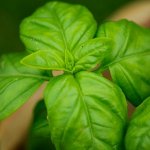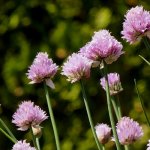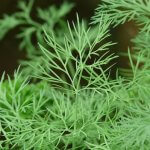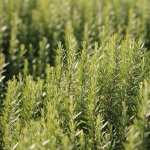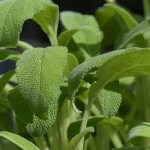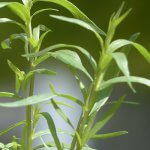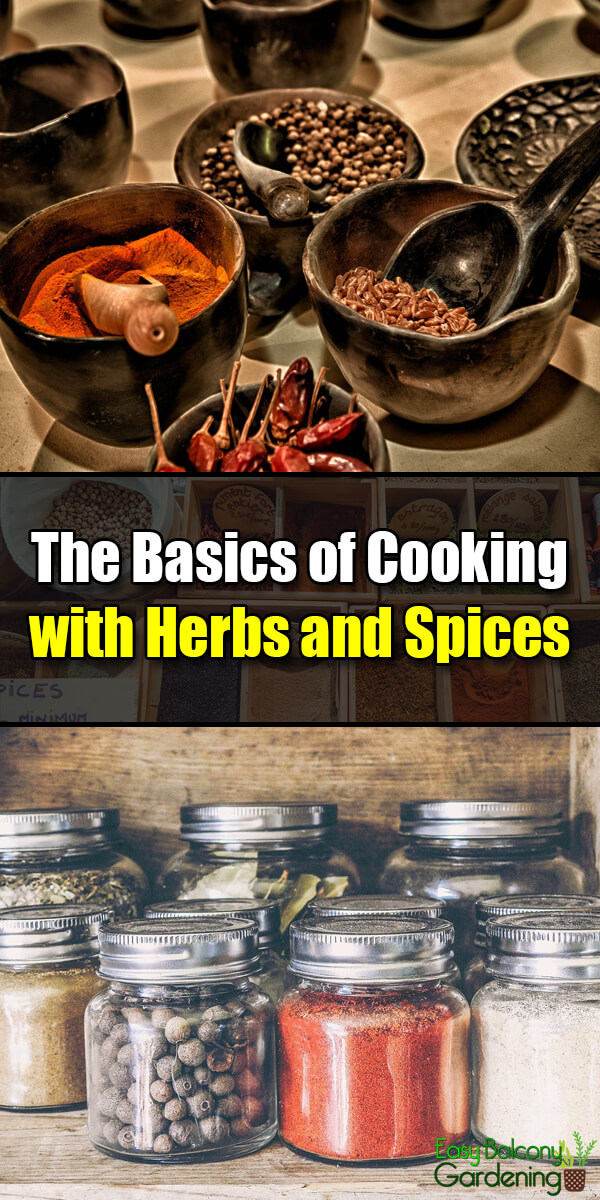If you want added flavor, aroma, and beauty, learn how to cook with herbs and spices. For clarification, herbs are usually taken from the leafy parts of a plant whilst spices are from seeds, roots, stems, buds, and bark. Below are some of the more common herbs and spices to complement your dishes.
Basil
This herb is an appetite booster. To prevent any bitter taste or darkening of food colors, avoid using stems and stalks. Basil flowers are edible. When using dried basil, triple the amount called for in the recipe. Prolonged heat dissipates basil’s oils. Basil works very well with garlic, oregano, rosemary, and sage.
Chives
Think of the universal baked potato with everything on it. The slender spears of the herb can be used as garnish. Sprinkle chopped chives on soup. Adding chives raw help you keep its color and delicate onion-like flavor. If you want to cook it first, be sure to add them just prior to serving. To enjoy an ongoing supply of chives, grow them yourself and, as you need them, just snip about two inches above the ground.
Dill
When cooking with dried dill, use a more generous portion than called for in the recipe. Prolonged cooking of dill diminishes its flavor. Add it at the last minute of cooking. To bring out the flavor of seeds, toast them first in a hot pan just prior to use. Dill seeds taste like mild caraway. Dillweed complements all types of seafood. Also, you can use it in soups, cream cheese, dressings, potato salad, meats, etc.
Rosemary
This versatile, aromatic herb is used on eggs, vegetables, meats, stuffing, bread, cheese, etc. Rosemary is especially good for halibut. If you are preparing desserts and fruit salads, you can use rosemary. It also works well with basil, and is great in marinades for all meat types. Rosemary is both a culinary and medicinal herb. Among other uses, it is believed to enhance memory.
Sage
Use this herb lightly, as it can overpower your dishes. When making shish kebobs, try sage leaves in between the meats and vegetables. Sage is a common flavoring for stuffing, potatoes, tomato sauces, cheesy dishes, beans, etc. If you run out of sage, you can use thyme as a substitute herb. You can also try poultry seasoning as it includes sage. To preserve the flavor, add sage at the end of cooking. Sage aids the digestive system and is a good additive to your fatty meat recipes
Tarragon
If using this herb fresh, do so sparingly. Heat will intensify the flavor of tarragon, whether you use it fresh or dried. To keep the flavor of fresh tarragon, freeze whole sprigs in a freezer bag with all the air squeezed out. Use within five months. To store dried tarragon, place it in a sealed container and keep in a cool, dark place. Use it within one year. If you want tarragon vinegar, simply put fresh sprigs in distilled white vinegar. If you are using a different container than the original bottle, sterilize it first. Taste the vinegar often after a few days so that you know when to remove the spices. Tarragon is an important ingredient in Bernaise sauce.
Fresh herbs and spices bring out full flavor. Usually, the equivalent of a tablespoon of fresh is one teaspoon of dried. Once you learn how to cook with herbs and spices, you can experiment on your own what tastes good to you and your family.

